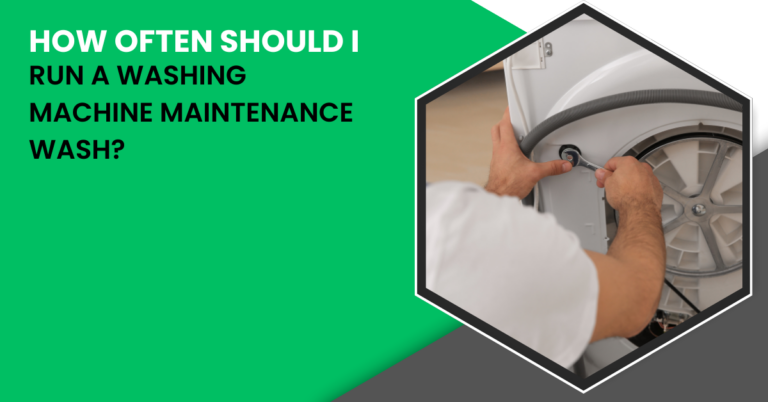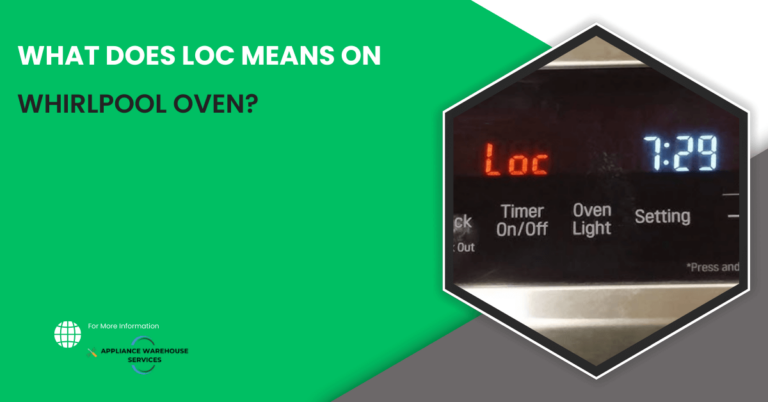A Bosch Ascenta dishwasher not draining can be attributed to several factors that might impede its proper functioning. Firstly, it’s essential to check if the drain hose is correctly positioned and free from kinks, as this can obstruct the flow of water out of the dishwasher. Secondly, the dishwasher’s filter and drain pump might be clogged with food debris, preventing effective drainage. Cleaning both the filter and pump can often resolve this issue.
Quick Fix: Reset and Drain

Solution: Sometimes, all it takes is a quick reset and drain to get your Bosch Acenta dishwasher back on track. Follow these simple steps:
- Turn On and Shut the Door: Power on your Bosch Acenta dishwasher by pressing the start button on the front panel. Close the door securely.
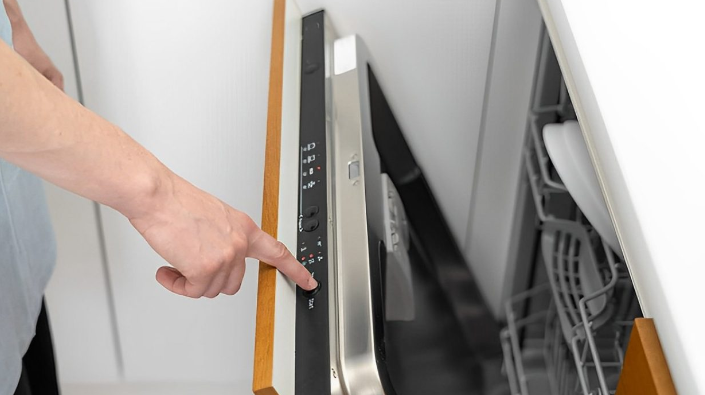
Turn On dishwasher - Activate Reset: Locate the “reset three seconds” option on the start button. Hold down the button for three seconds. You might need to squint your eyes a little – it’s a tiny label!
- Listen for Drain: After a moment, you’ll hear the satisfying sound of water draining out. This means your dishwasher is successfully clearing out that stubborn puddle.
- Check and Clean Filter: If drainage issues persist, it’s time to inspect the filter. Open the dishwasher door and remove the bottom basket. Take out the filter and clean it thoroughly. Use an old toothbrush to remove debris and gunk. Clean filters ensure proper drainage.
- Clear the Sink Drain: If your sink drain is clogged, it can hinder proper dishwasher drainage. Clear the sink drain and ensure it’s free-flowing.
- Be Patient: If your dishwasher doesn’t drain immediately, give it a moment. Sometimes, the water flow takes a bit of time to kick in.
Deep Dive: Cleaning and Maintenance
Solution: If the quick fix didn’t do the trick, it’s time for a more thorough approach. Let’s clean and maintain your dishwasher for optimal drainage.
Checking the Filter and Impeller
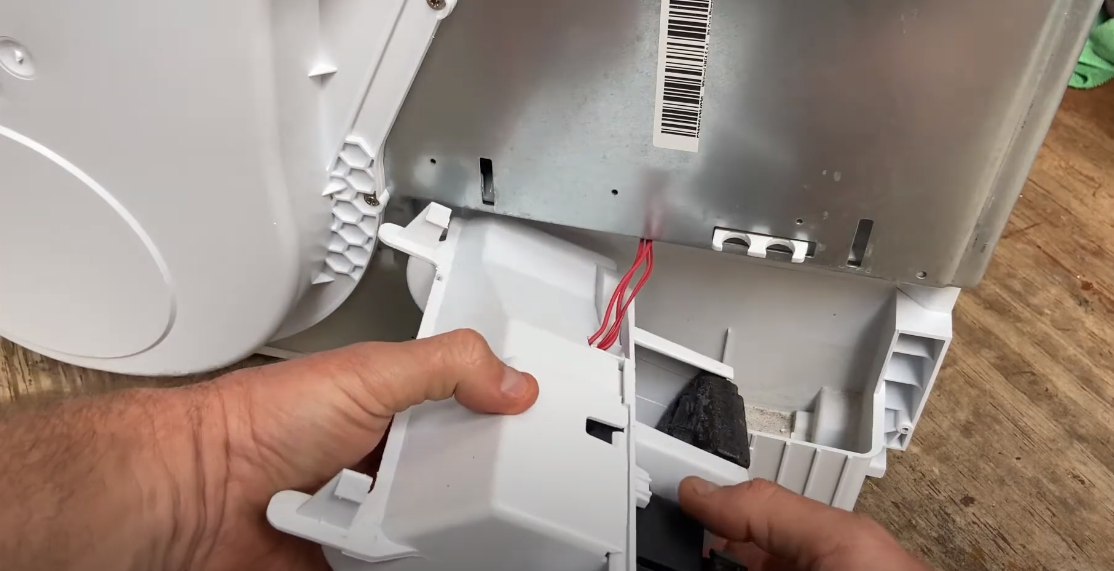
- Safety First: Turn off and unplug your dishwasher to ensure safety.
- Remove Bottom Basket: Roll out the bottom basket to access the filter easily.
- Inspect Filter: The filter might be clogged with debris and grease. Remove the filter, detach the filter element, and give them a thorough cleaning in hot soapy water. Use an old toothbrush to scrub off stubborn grime.
- Check Impeller: Carefully remove the lower spray arm to access the impeller. Inspect it for blockages – broken china, glass, or food remnants might be causing trouble.
- Clear Impeller: Gently remove any debris from the impeller using a blunt tool or a vacuum cleaner nozzle.
- Reassemble: Put the filter and impeller back in their places, making sure they’re clean and free from debris.
U-Bend Inspection (For Some Dishwashers)
- Safety Measures: Turn off the dishwasher and unplug it. Isolate the cold water supply as an extra precaution.
- Pull Out Dishwasher: Gently pull the dishwasher out to access the drainage hose at the back.
- Inspect Drainage Hose: Check for blockages in the drainage hose and connector. Clean any sludge or debris.
- U-Bend Examination: If your dishwasher connects to the under-sink unit, inspect the U-bend for blockages. Clean and reattach it securely.
Test the Drain Pump
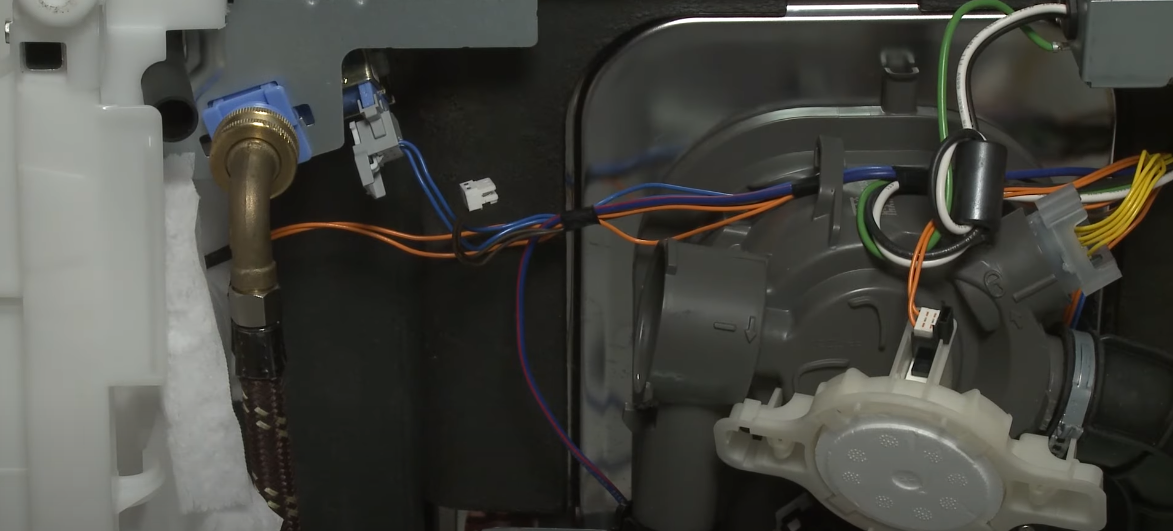
- Quick Drain Test: Lift the float inside the dishwasher for a few seconds. This activates the drain pump and helps confirm its functionality.
- Listen for Pump: When you lift the float, listen for the sound of the drain pump activating. If you hear it, the pump is working correctly.
Final Thoughts and Tips
- Leave Door Ajar: After each wash cycle, leave the dishwasher door slightly open to encourage ventilation and prevent odors.
- Run Dishwasher Cleaner: Use a dishwasher cleaner periodically to maintain hygiene and flush out any residual blockages.
- Still Struggling? Seek Help: If your dishwasher still isn’t draining properly after trying these steps, consider consulting a professional technician. They can diagnose and fix more complex issues.
Frequently Asked Questions
How do I reset my Bosch Acenta dishwasher to clear drainage issues?
Press and hold the “reset three seconds” button on the start button for three seconds to initiate a drain. This can often resolve minor drainage problems.
Why is proper filter maintenance essential for dishwasher drainage?
The filter prevents debris from clogging your dishwasher’s drainage system. Regular cleaning ensures smooth water flow and effective drainage.
What can cause the impeller to malfunction?
Broken china, glass, and food remnants can obstruct the impeller’s movement, leading to drainage issues. Regularly inspect and clean the impeller for optimal performance.
How do I prevent future drainage problems in my Bosch dishwasher?

Clear dishes of excess food before loading them into the dishwasher, clean the filter regularly, and leave the dishwasher door slightly open to prevent moisture buildup.
Conclusion
Dealing with a Bosch Ascenta dishwasher not draining doesn’t have to be a frustrating experience. By following these step-by-step solutions, you can troubleshoot and resolve the issue, ensuring your dishwasher functions smoothly once again. Remember, regular maintenance and proper usage can prevent such problems in the future.
Key Takeaways
- Quick reset and drain can often solve drainage issues.
- Check and clean the filter to ensure proper water flow.
- Inspect and clean the impeller for smooth operation.
- U-Bend inspection and cleaning can help if needed.
- Test the drain pump by lifting the float.
- Regular maintenance prevents future drainage problems.
- Consult a professional if issues persist.



